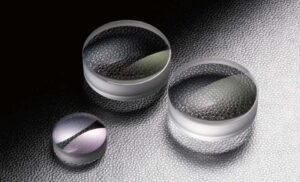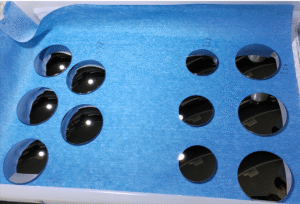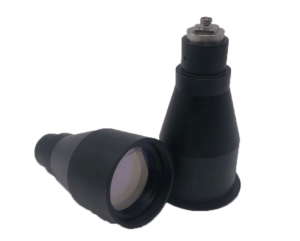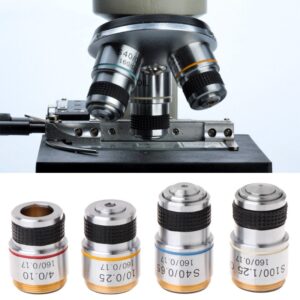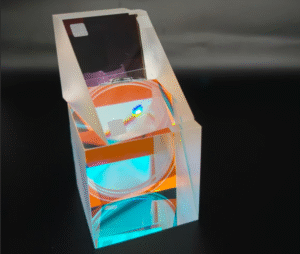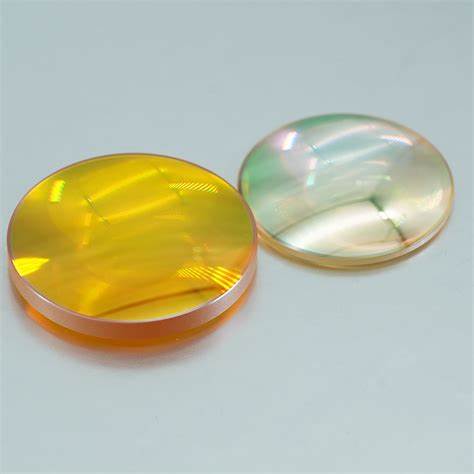What Is a Zinc Selenide Lens?
Zinc Selenide (ZnSe) lenses are widely used in infrared (IR) and CO₂ laser applications due to their low absorption, high thermal resistance, and excellent transmission in the 1–16 μm range, especially around the 10.6 μm wavelength of CO₂ lasers.
At Bote Optical, we offer precision ZnSe lenses manufactured for high-power lasers, thermal imaging, spectroscopy, and infrared sensors. Our in-house capabilities include custom lens shapes, AR coatings, and tight tolerance fabrication, tailored to your system needs.
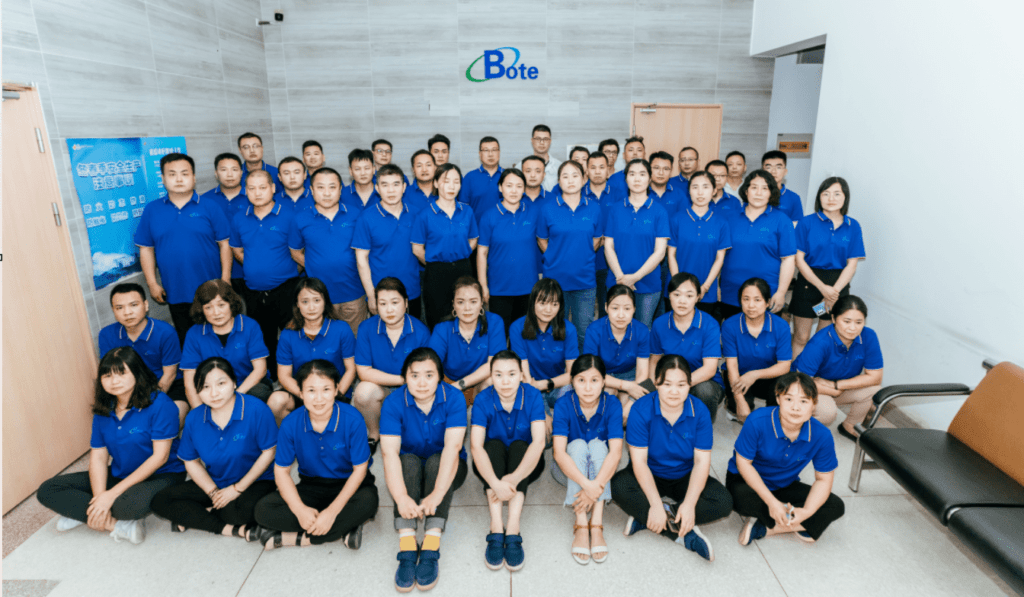
Zinc Selenide Lens Key Specifications
| Property | Value |
|---|---|
| Chemical Formula | ZnSe |
| Crystal Structure | Cubic (Zinc blende) |
| Transmission Range | 0.5 – 20 µm |
| Refractive Index (at 10.6 µm) | ~2.40 |
| Density | 5.27 g/cm³ |
| Hardness (Knoop) | 120 (relatively soft) |
| Toxicity | Low, but precautions required (see MSDS) |
| Laser Damage Threshold | High (dependent on coating and polish) |
| Thermal Expansion Coefficient | 7.57 × 10⁻⁶ /°C |
✅ Zinc Selenide Optical Properties
ZnSe’s high transmission across the infrared spectrum and low absorption make it ideal for:
- CO₂ laser cutting and welding optics
- Thermal imaging systems
- FTIR (Fourier-transform infrared spectroscopy)
- Gas analyzers
- Infrared sensors and targeting systems
Zinc Selenide Transmission Graph
(🖼 Consider embedding a transmission curve image from 0.5 µm to 20 µm, showing 60–70%+ transmittance at 10.6 µm)

ZnSe exhibits minimal chromatic aberration in the 8–12 µm atmospheric window, making it excellent for IR cameras and airborne optics.
🧪 Zinc Selenide MSDS & Safety Considerations
While Zinc Selenide is classified as non-toxic in solid optical form, fine particles or vapors can be hazardous if inhaled or ingested.
- Avoid grinding without dust protection
- Use gloves and eyewear during handling
- Dispose according to local environmental regulations
🔗 Learn more: Zinc Selenide Material Safety Data Sheet (MSDS)
💡 Zinc Selenide vs Germanium Lenses
| Feature | Zinc Selenide | Germanium |
|---|---|---|
| IR Transmission Range | 0.5–20 µm | 2–16 µm |
| Transmission at 10.6 µm | High | Moderate |
| Refractive Index | ~2.4 | ~4.0 |
| Weight | Lighter | Heavier |
| Cost | Medium | Higher |
| Visual Transparency | Yellow, semi-transparent | Opaque |
👉 For high-powered CO₂ laser systems or airborne IR systems where weight and transmission efficiency matter, ZnSe is usually the better choice.
🛠️ Bote’s Custom ZnSe Lens Manufacturing
As a full-service optical factory, Bote provides:
- Plano-convex, biconvex, meniscus, and aspheric lenses
- Tight tolerance grinding and polishing (up to λ/10)
- Diamond-turning for precise curvature
- AR coatings (optimized for 10.6 µm or broadband IR)
- Custom thickness and diameter
- Low MOQ and bulk supply available
🌍 We support global orders from medical, industrial, defense, and aerospace sectors.
📦 All shipments follow international standards and include inspection reports.
- Inspection Equipment List and Metrology of Bote Optics
- Introduction of BOTE Key Equipment
- Catalog of Precision Optics
- Catalog of Imaging Optics
- ISO9001-2015 Certified
💬 FAQs: Zinc Selenide Lenses
Q1: What is the refractive index of Zinc Selenide?
A: The refractive index of ZnSe at 10.6 µm is approximately 2.40, which allows tight focusing and low spherical aberration in laser systems.
Q2: Is Zinc Selenide toxic?
A: Solid ZnSe lenses are not considered toxic under normal usage. However, dust generated from cutting or grinding can be harmful if inhaled. Always refer to the MSDS and follow appropriate safety protocols.
Q3: How do ZnSe lenses compare with optical glasses in IR?
A: Regular optical glasses (e.g., BK7, fused silica) do not transmit well beyond ~3 µm. ZnSe is ideal for mid- and far-infrared applications, up to 20 µm.
Q4: Can I use a ZnSe lens with visible lasers?
A: ZnSe transmits some visible light (~500 nm and up), but it is optimized for infrared. Use fused silica or BK7 lenses for visible range lasers.
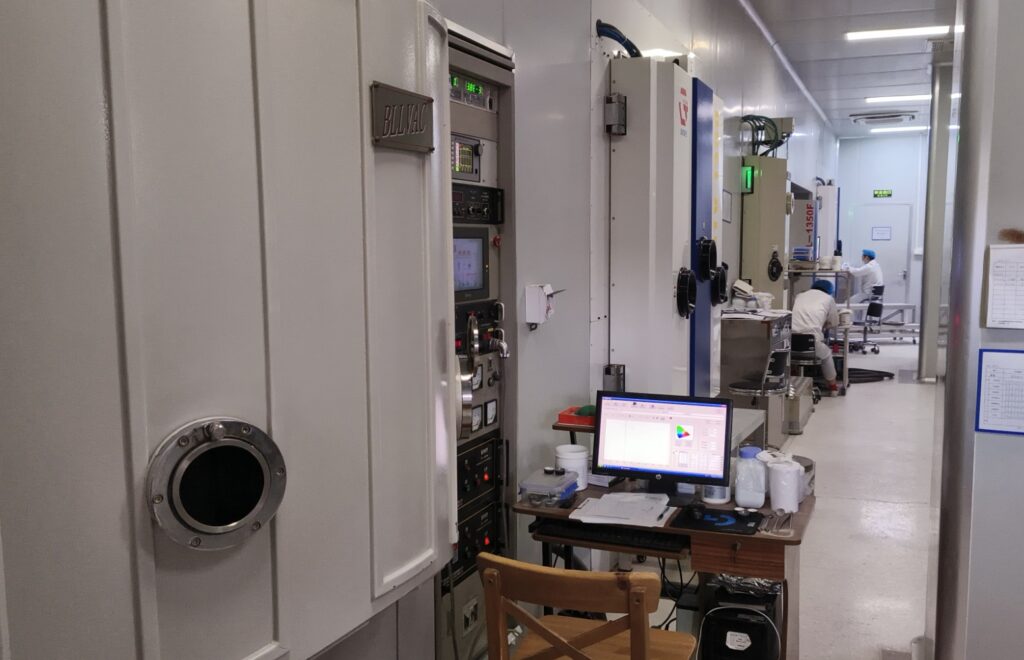
🔧 Product Options & Customization Table
| Specification | Range/Options |
|---|---|
| Diameter | Ø6 mm – Ø100 mm |
| Thickness | 1 mm – 20 mm |
| Shape | Plano-convex, biconvex, meniscus, aspheric |
| Surface Accuracy | λ/4, λ/10 or as requested |
| Coating Options | AR @ 10.6 µm, Broadband AR, DLC |
| Surface Quality | 40-20, 20-10 (per MIL-PRF standards) |
📩 Need help selecting the right lens? Contact us now with your application details.
💰 Zinc Selenide Lens Price Guide
Zinc selenide lens pricing depends on:
- Lens size and thickness
- Coating type and precision
- Volume ordered
- Custom tolerances or documentation
| Lens Size | Estimated Price (USD) |
|---|---|
| Ø12.7 mm (0.5″) | $35–$80 |
| Ø25.4 mm (1″) | $80–$150 |
| Ø50.8 mm (2″) | $160–$280 |
Contact [email protected] for an accurate quote.
🌍 Why Choose Bote for ZnSe Optics?
✔ 15+ Years of Optical Fabrication Experience
✔ Full In-House Grinding, Polishing, Coating & QA
✔ Global Export & On-Time Delivery
✔ Singapore-Based Sales & Support
✔ Low MOQ for Prototyping
✔ Technical Design Assistance Available
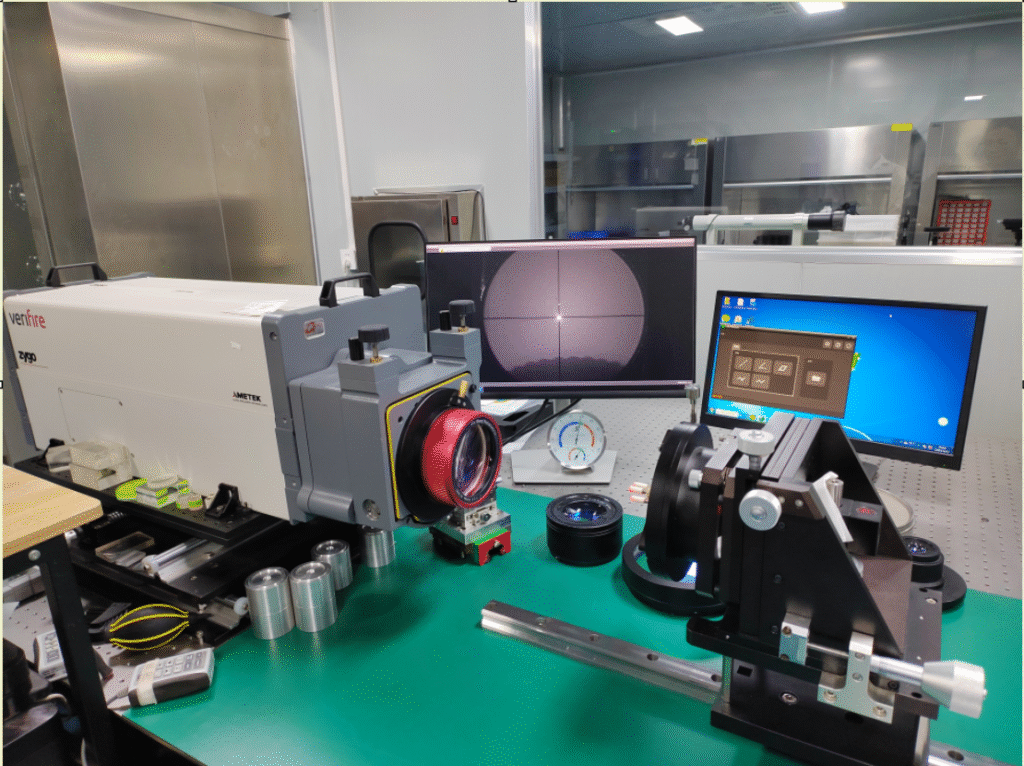
📞 Get a Quote or Sample Now
- 🌐 Website: www.bote.com.sg
- ✉️ Email: [email protected]
- 📦 Shipping: Worldwide with export-ready documentation
- 🛠 Customization: Available for all lens shapes, coatings, and sizes

